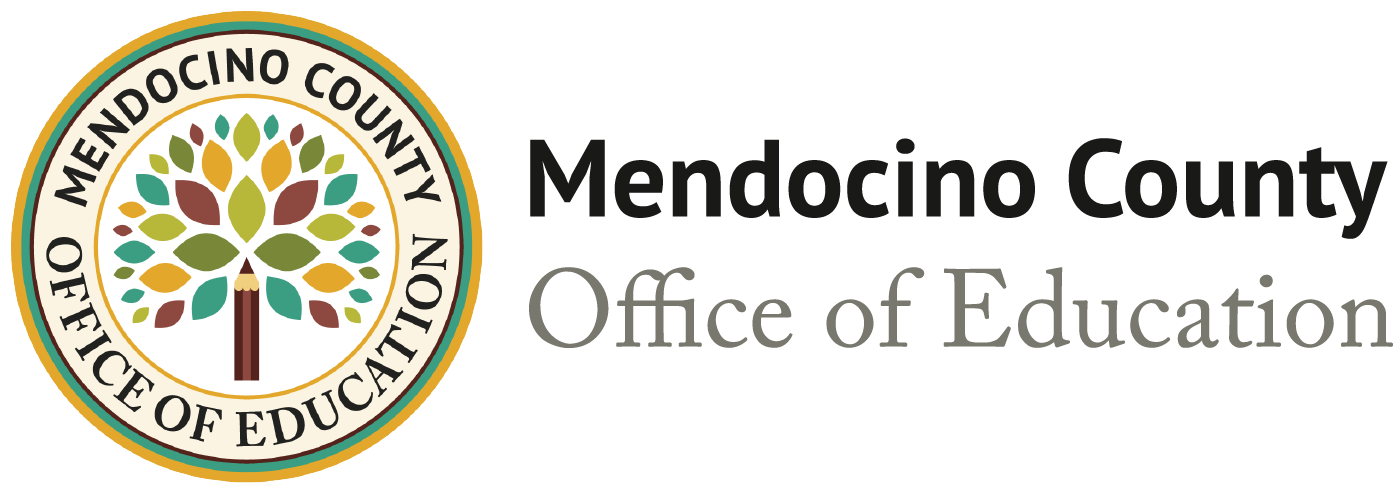
Low Incidence Services
Specialized Support for Students with Low Incidence Disabilities
Low Incidence services are provided to individuals with disabilities from birth to 22 years of age who have been identified as deaf or hard of hearing, blind or visually impaired, having orthopedic impairments or combination thereof.


The DHH program serves deaf and hard-of-hearing students whose hearing loss ranges from mild to profound. Students with these low incidence disabilities are provided with specialized support in district schools, special education classrooms, and other community settings.
Integral DHH services include: consultation to support the student and school staff for successful mainstreaming; liaison between family, medical community, school, and in-service for peers and staff. Direct services focus on Language Arts, and can include classroom interpreters, note takers and tutoring.
Assistive devices are available to students as needed.
Resources
- A.G. Bell - Association for the Deaf & Hard of Hearing (website)
- California Department of Rehabilitation (website)
- California Children's Services (website)
- LEAD-K Family Services (website)
- Reading Rockets: Deaf and Hard-of-Hearing Children (website)
Orientation & Mobility (O&M)
Instructs students with visual impairments in the development of skills and knowledge that enable them to travel independently, to the highest degree possible.
Visually Impaired (VI)
As part of the inclusive education, staff instructs students with visual impairments to learn all or part of the routines in which their peers engage. Increasing awareness of their world, instruction in self-advocacy, daily living skills, classroom and school activities, and improving self-esteem are emphasized.
Students succeed academically with Braille instruction, materials in large print, audiotapes and adaptive equipment to access the core curriculum. Staff work with parents regarding coping strategies, other agency and medical contacts, and transition planning which pave the way toward their independence and success as adults.
Resources
- California Deaf-Blind Services (CDBS) (website)
- LightHouse for the Blind and Visually Impaired (website)
- UC Berkeley: Low Vision Clinic (website)
Eligibility for the OI program is dependent upon a medical diagnosis, which adversely affects educational performance. Some conditions resulting in severe orthopedic impairments include cerebral palsy, muscular dystrophy, spina bifida, spinal cord injuries and head trauma. Normal physical development, movement and daily living activities may be significantly restricted.
Staff provide direct educational service, collaborate with other specialists including speech, physical and occupational therapists, provide ability awareness to peers and staff, and stay current with best practices and new innovations in adaptive equipment and state of the art technology.
Resources
- Bookshare (website)
Free service to get books in a digital format. - California Children's Services (CCS) (website)
CCS is a statewide program that treats children with certain physical limitations and chronic health conditions. CCS can authorize and pay for specific medical services and equipment. - EP Magazine (website)
Free online magazine for parents of children with Special Needs.

Main Contacts

Senior Director- Special Education

Teacher- Deaf & Hard Of Hearing

Teacher- Deaf & Hard Of Hearing

Teacher- Orthopedic Impairment

Teacher- Vision Impaired

Teacher- Orientation & Mobility

Instructional Paraprofessional

Instructional Paraprofessional

Educational Interpreter

Educational Interpreter

Educational Interpreter

Educational Interpreter

Educational Interpreter

Educational Interpreter

Educational Interpreter
This site provides information using PDF, visit this link to download the Adobe Acrobat Reader DC software.

